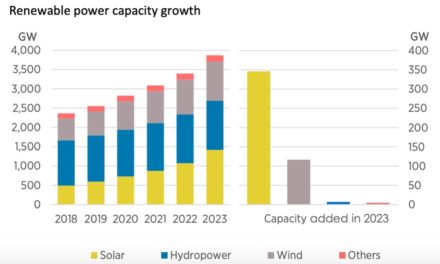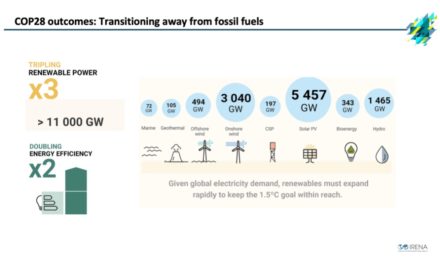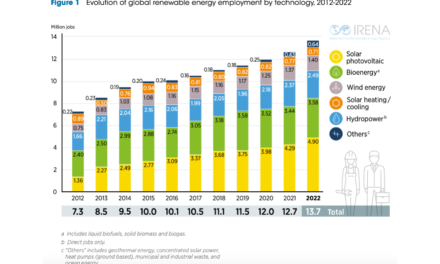- IRENA’s report on renewable energy outlook for ASEAN region sees solar PV as a flagship resource
- Solar PV’s installed capacity by 2030 can be increased to 241 GW for $156 billion as key to the region’s energy transition
- Vietnam, Thailand, Sumatra, Nusa Tenggara (Indonesia) and the Philippines are called solar hotspots
- ASEAN stands to reduce its energy costs by as much as $160 billion by 2050 with clean energy installations
By 2030, the Association of Southeast Asian Nations (ASEAN) can host as much as 241 GW of solar PV capacity under 1.5°C Scenario, further scaled up to 2.4 TW by 2050 under a 100% renewable energy target, according to a new report by the International Renewable Energy Agency (IRENA).
The solar PV capacity additions by 2030 will likely cost an investment of $156 billion and by 2050 a total of $1.24 trillion in scenarios mentioned above.
The 2nd edition of Renewable Energy Outlook for ASEAN Towards a Regional Energy Transition, the report says if the region continues to depend on imported fossil fuels for energy generation which accounts for 85% of its energy mix, it will continue to be exposed to expensive, volatile global commodity markets. But switching to renewables will bring it energy independence as it would all be indigenously produced.
Currently, ASEAN targets to have 23% of its primary energy accounted for by renewable energy by 2025 and 35% renewables share in its installed capacity. On the contrary, in actual terms in 2021 renewable energy share in the primary energy reached only 14.3%.
IRENA calls solar the ‘flagship’ resource for ASEAN’s decarbonization and other power assets are ‘tailored’ to its availability. Analysts count Vietnam, Thailand, Sumatra, Nusa Tenggara (Indonesia) and the Philippines as solar hotspots. In fact, they see Vietnam, Sumatra and Nusa Tenggara feeding power hungry regions of Java-Bali, Peninsular Malaysia and Thailand with their best solar resources and overgeneration.
Only Java-Bali are likely to import over 1,000 TWh by 2050 under a 100% renewable energy scenario.
Renewable energy additions can cost-effectively increase up to 40% of its total power capacity by 2030 or 300 GW of new renewable capacity installations, most of it solar and wind.
ASEAN stands to reduce its energy costs by as much as $160 billion by 2050 with clean energy installations and also avoid up to $1.5 trillion in costs related to health and environmental damage caused by fossil fuels.
However, to make the most of these renewable energy resources ASEAN will need to offer a reliable grid.
“Coal retirement, coupled with renewables and regional grid interconnection, is an indispensable step to aligning with net-zero targets. Half of ASEAN members have signed up to international efforts to end coal in the power sector,” said IRENA’s Director-General Francesco La Camera. “Climate commitments require concerted and accelerated action, that must begin now to have a hope of success.”
Analysts recommend electrification of end-uses as transport, buildings, industries, electric vehicles (EV), electric cooking and clean hydrogen production will be important to decarbonize the region. At the same time, having clean hydrogen and its derivatives will also bring supply chain opportunities for the region.
Complete report can be downloaded for free from IRENA’s website.















